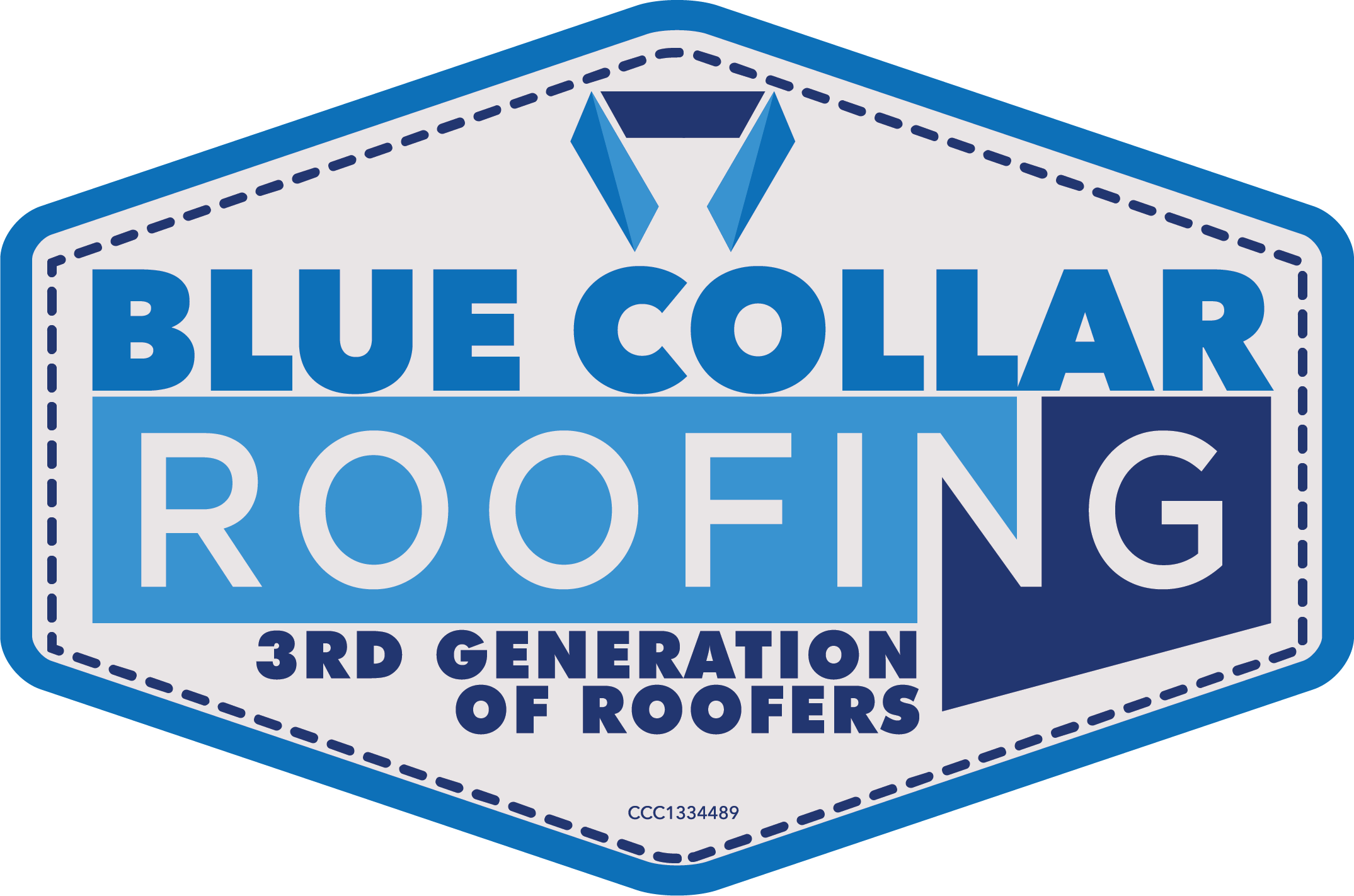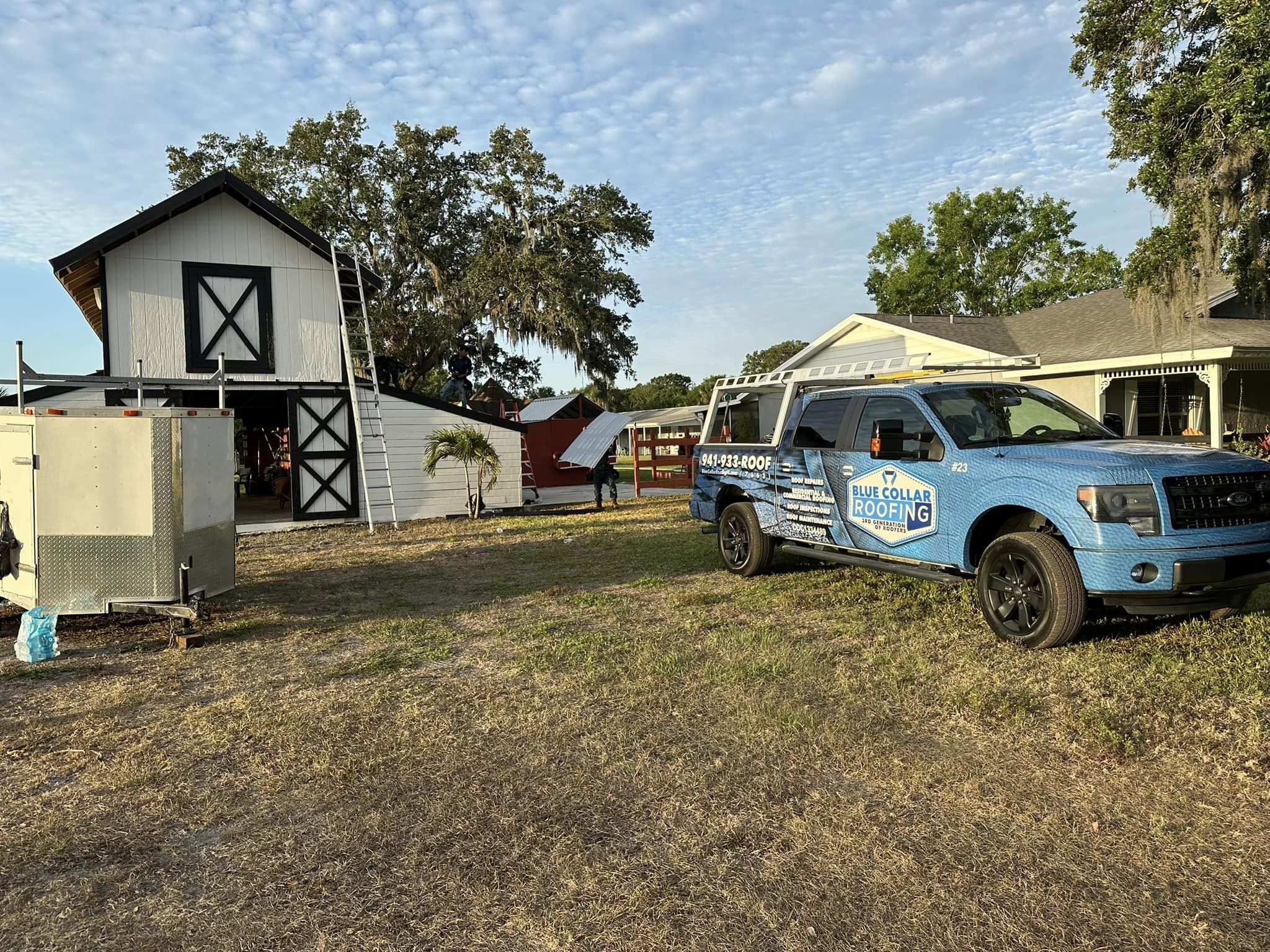Hurricane Helene has wreaked havoc on many homes, causing extensive roof damage. Quick repairs are essential to prevent further problems, especially mold and bacteria growth. When your roof is damaged, water can seep into your home, creating a perfect environment for these harmful agents to thrive. Addressing these issues promptly can make a big difference in protecting both your home and your family’s health.
Mold and bacteria can start growing within 24 to 48 hours of water exposure. This rapid growth means that delaying repairs, even for a short period, can lead to significant problems. Mold can cause respiratory issues, allergies, and other health problems, making it vital to act quickly. Furthermore, the longer you wait to fix your roof, the more costly and extensive the repairs can become.
Speedy repairs will not only save you money but also ensure a safe living environment. By understanding the importance of quick action and the steps needed after a storm, you can better protect your home from long-term damage and health risks. Taking immediate action can prevent the growth of mold and bacteria, maintaining a safe and healthy space for you and your family.
The Importance of Quick Roof Repairs
Fixing your roof quickly after Hurricane Helene is a key step to protect your home from serious damage. Water can enter through even the smallest roof cracks or missing shingles. Once inside, this moisture creates a perfect environment for mold and bacteria to grow.
Mold can begin to form within 24 to 48 hours after water damage occurs. If you delay repairs, mold can spread quickly, damaging walls, ceilings, and furniture. This mold is not just a threat to your home’s structure but also to your health. Respiratory problems, skin irritations, and allergy symptoms are common issues caused by mold exposure.
Quick repairs also help you avoid more expensive fixes down the line. Addressing damage immediately prevents small problems from becoming big ones. For example, replacing a few damaged shingles right away is much cheaper than dealing with widespread mold removal later. Fast action keeps your repair costs low and your home safe.
Identifying Mold and Bacteria Growth
Recognizing the signs of mold and bacteria growth early can help you take action before they spread. Here’s what to look for:
1. Musty Smells: A damp, musty odor is often the first sign of mold. This smell comes from mold spores in the air and can indicate that mold is growing in hidden places like behind walls or under floors.
2. Visible Mold: Mold can appear as black, green, or white spots on walls, ceilings, and other surfaces. Pay attention to areas that have been exposed to water, such as near leaks or damp spots.
3. Water Stains: Yellow or brown stains on walls and ceilings are a sign of water damage, which can lead to mold growth. These stains show where water has entered and should be checked thoroughly for mold.
4. Health Symptoms: Respiratory issues, headaches, and allergic reactions can indicate mold exposure. If you or your family members start experiencing these symptoms, especially after a storm, mold might be the cause.
Identifying these signs early helps you address mold and bacteria growth immediately. This prevents more serious damage and health issues down the road.
Immediate Actions to Take Post-Storm
Taking immediate steps after a storm can help protect your home from mold and bacteria growth. Here’s what you need to do as soon as it is safe:
1. Inspect and Document Damage: Carefully check your roof for any visible damage, such as missing shingles or obvious leaks. Document everything with photos for insurance claims. This not only helps you get the coverage you need but also provides a clear plan for repairs.
2. Remove Standing Water: If water has entered your home, remove it as quickly as possible. Use mops, towels, or a wet/dry vacuum to clear the water. Dry the affected area thoroughly to prevent mold from starting to grow.
3. Ventilate the Area: Open windows and doors to let fresh air circulate. Use fans and dehumidifiers to help remove moisture from the air. Good ventilation is key to drying out your home quickly.
4. Temporary Repairs: Make temporary fixes to prevent further water damage. Cover roof damage with tarps and seal windows with plastic or plywood. These temporary measures hold off further damage until professional repairs can be made.
5. Call a Professional: Contact a trusted roofing professional to assess the damage and begin permanent repairs. Fast, professional help ensures the roof is fixed properly, reducing the chance of future problems.
By taking these immediate actions, you can protect your home against mold and bacteria, keeping it safe and dry.
Preventative Measures for Future Storms
Taking steps to prepare your home before a storm hits can help prevent damage. Here are some preventative measures you can implement:
1. Regular Roof Inspections: Schedule routine inspections to catch any minor issues before they become major problems. Look for signs of wear, such as loose or missing shingles, and fix them immediately.
2. Clean Gutters and Downspouts: Ensure that your gutters and downspouts are clear of debris. This allows water to flow away from your roof and home, preventing leaks and water damage.
3. Trim Surrounding Trees: Keep trees and branches trimmed away from your roof. This reduces the risk of them falling and damaging your home during a storm. Falling branches can cause significant roof damage, leading to leaks and water intrusion.
4. Install Storm Shutters: Protect your windows with storm shutters. This helps prevent water from entering through broken windows during a storm. Shutters also safeguard your home against wind-driven rain.
5. Invest in Quality Roofing Materials: When repairing or replacing your roof, opt for durable materials that can withstand harsh weather. High-quality materials may cost more upfront but save you money in the long run by reducing the need for frequent repairs.
6. Improve Home Ventilation: Ensure your home is well-ventilated to keep moisture levels low. Proper ventilation helps prevent mold growth, even if water does get inside your home.
By taking these preventative measures, you can better protect your home from future storms, ensuring it remains safe and secure.
Conclusion
Fast repairs after Hurricane Helene are essential to keep your home and family safe. Addressing roof damage immediately prevents water from seeping in, reducing the risk of mold and bacteria growth. Mold can start spreading within days, causing health issues and significant damage to your property.
Knowing the signs of mold and acting quickly can save you a lot of trouble. Musty odors, visible mold, and water stains are clear indicators that you need to take action. Quick responses, such as removing water and making temporary repairs, are vital to protecting your home from further damage.
Implementing long-term preventive measures is equally crucial. Regular roof inspections, proper drainage, trimming surrounding trees, and using quality materials create a robust defense against future storms. Investing in these steps now can save you from costly repairs and health hazards later on.
Don’t wait for the damage to worsen. Contact our Bradenton roofers at Blue Collar Roofing today to schedule a comprehensive inspection and make those urgent repairs. Protect your home and your health with our expert services.

